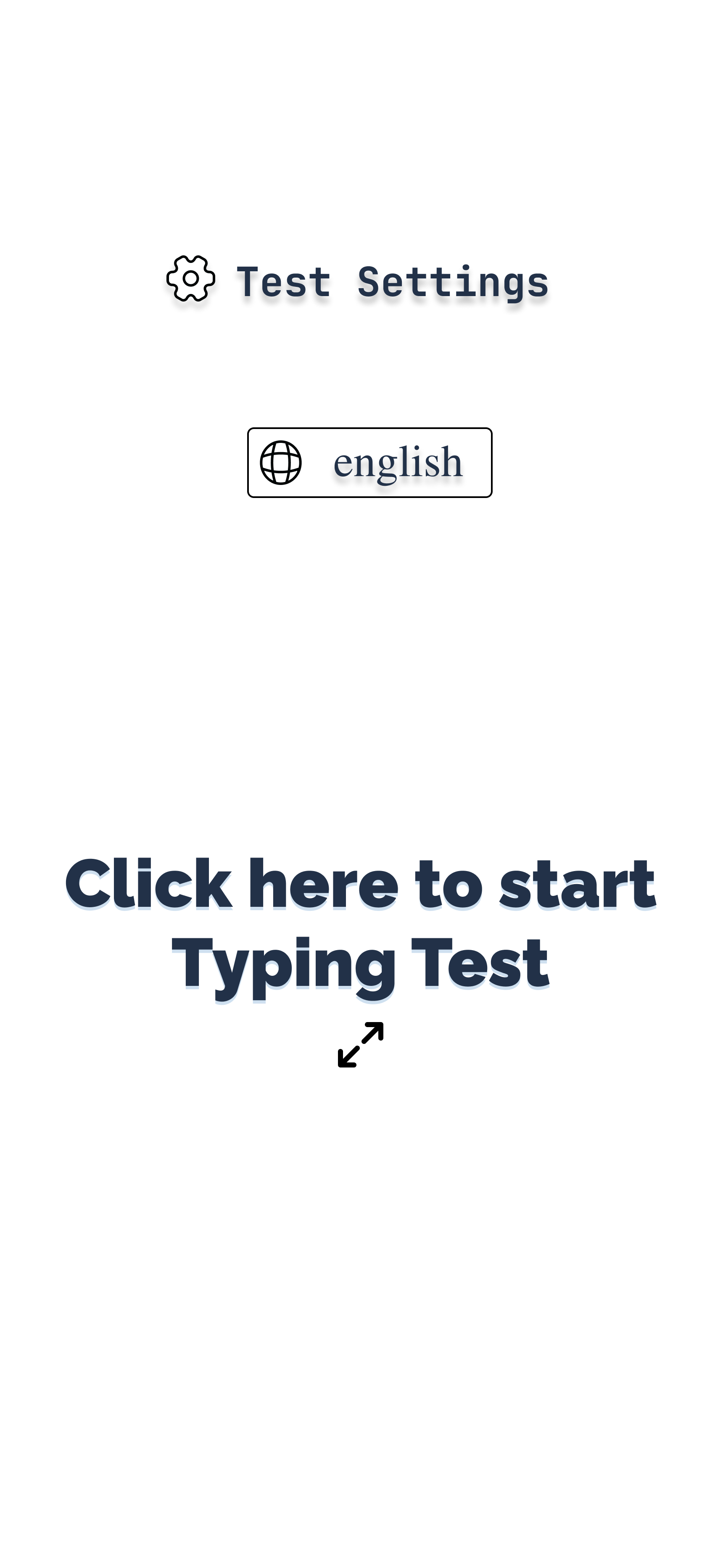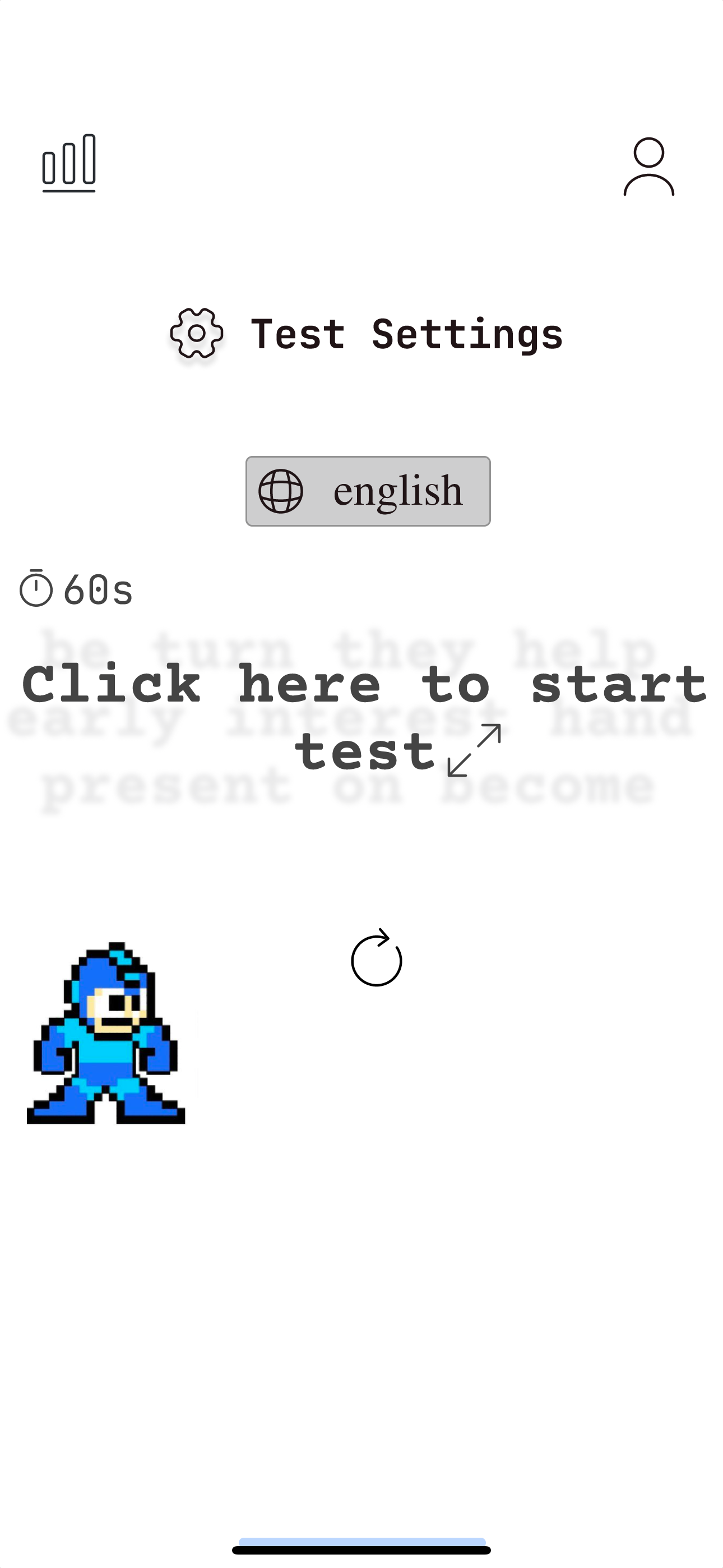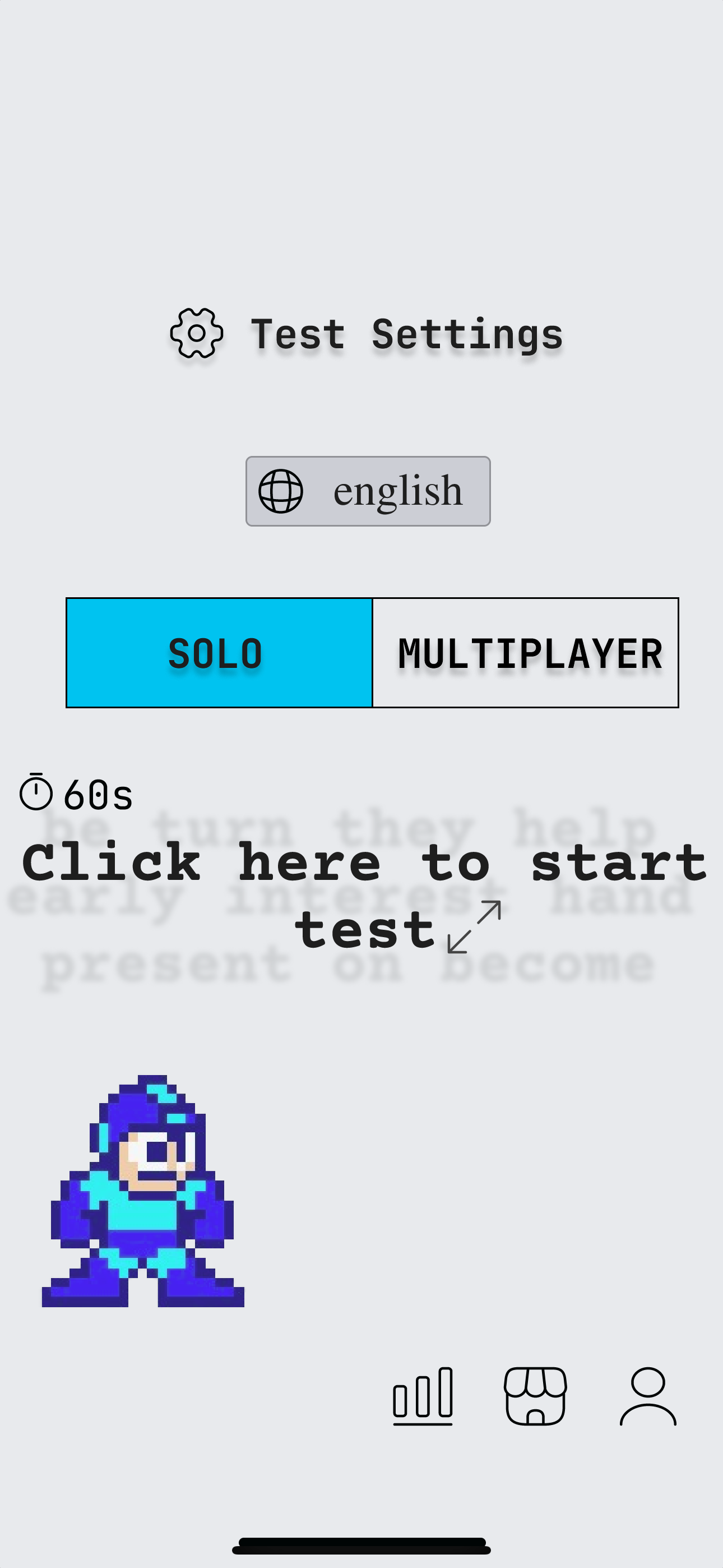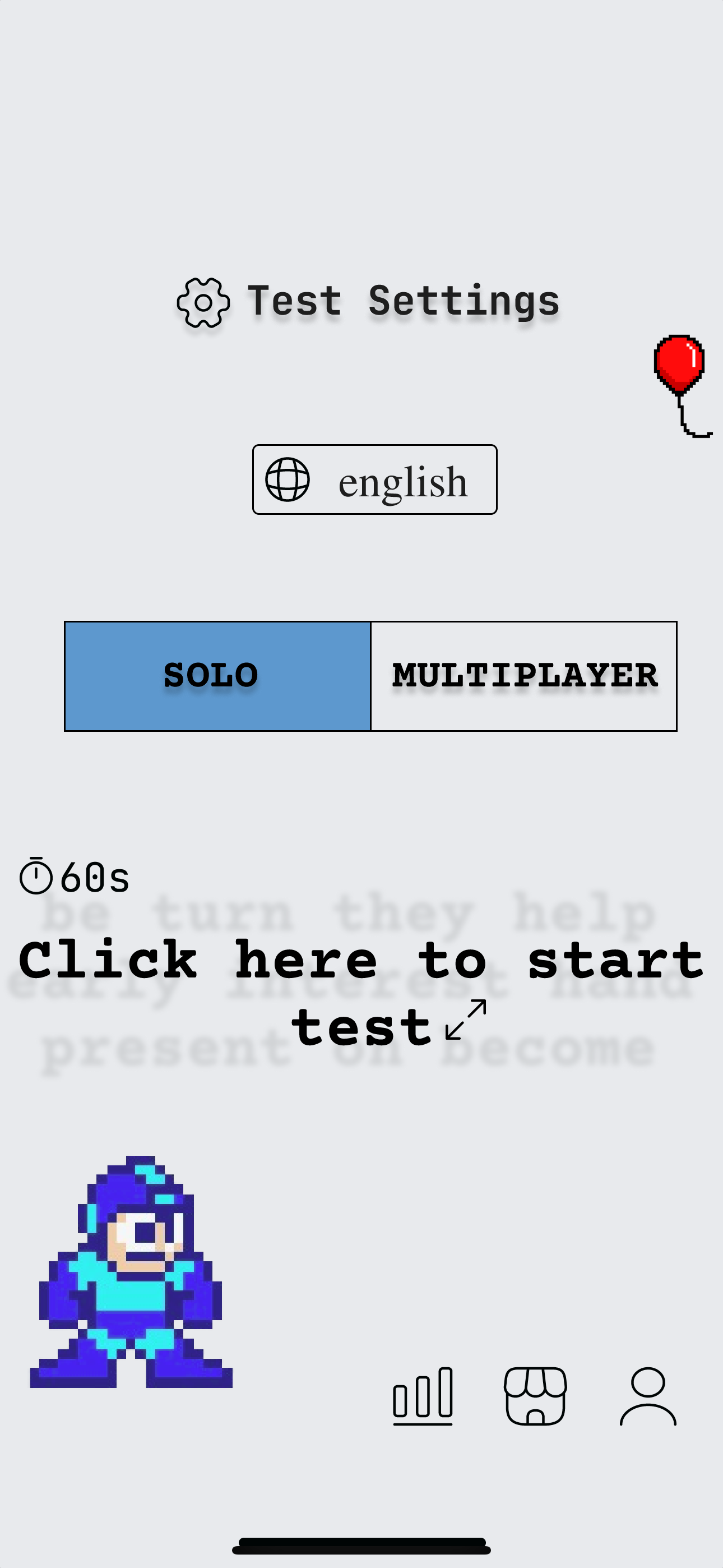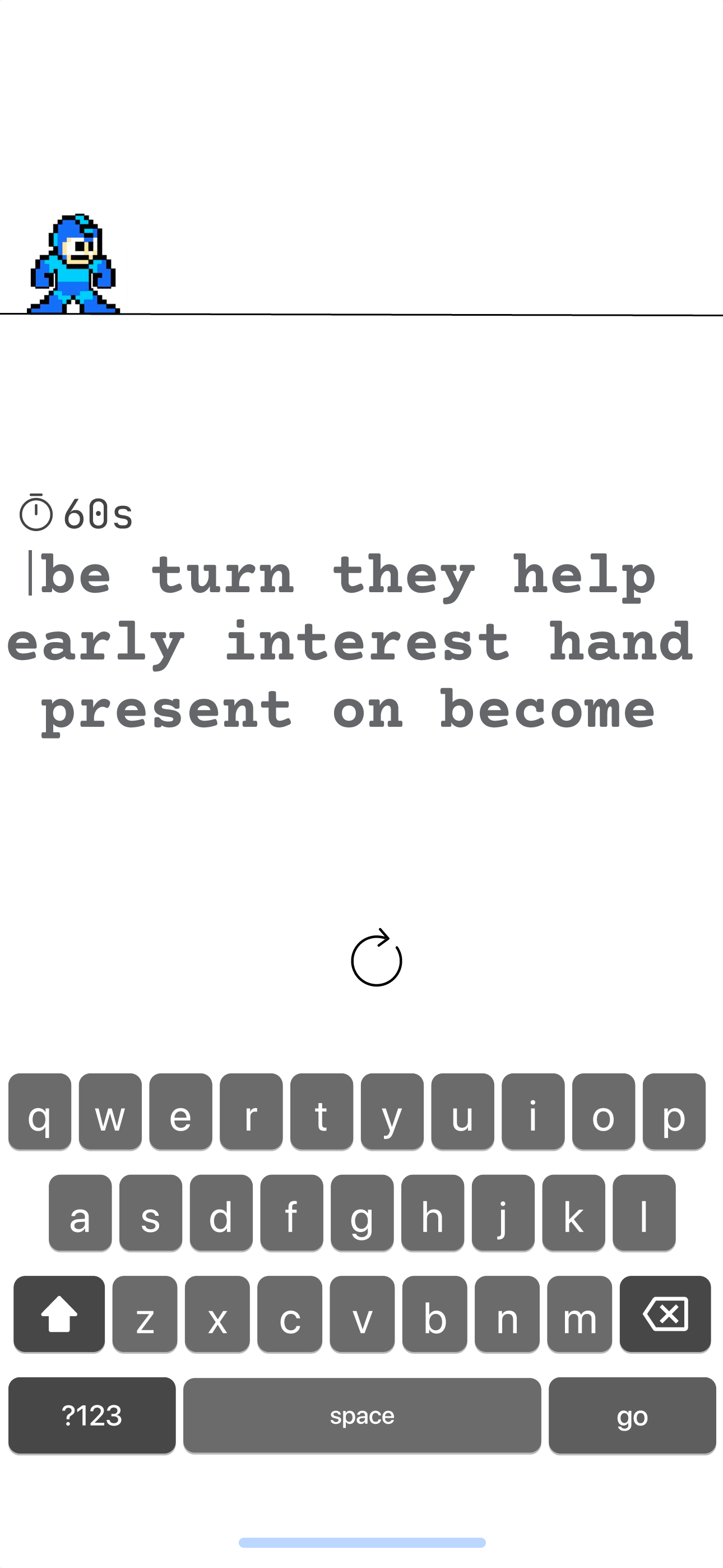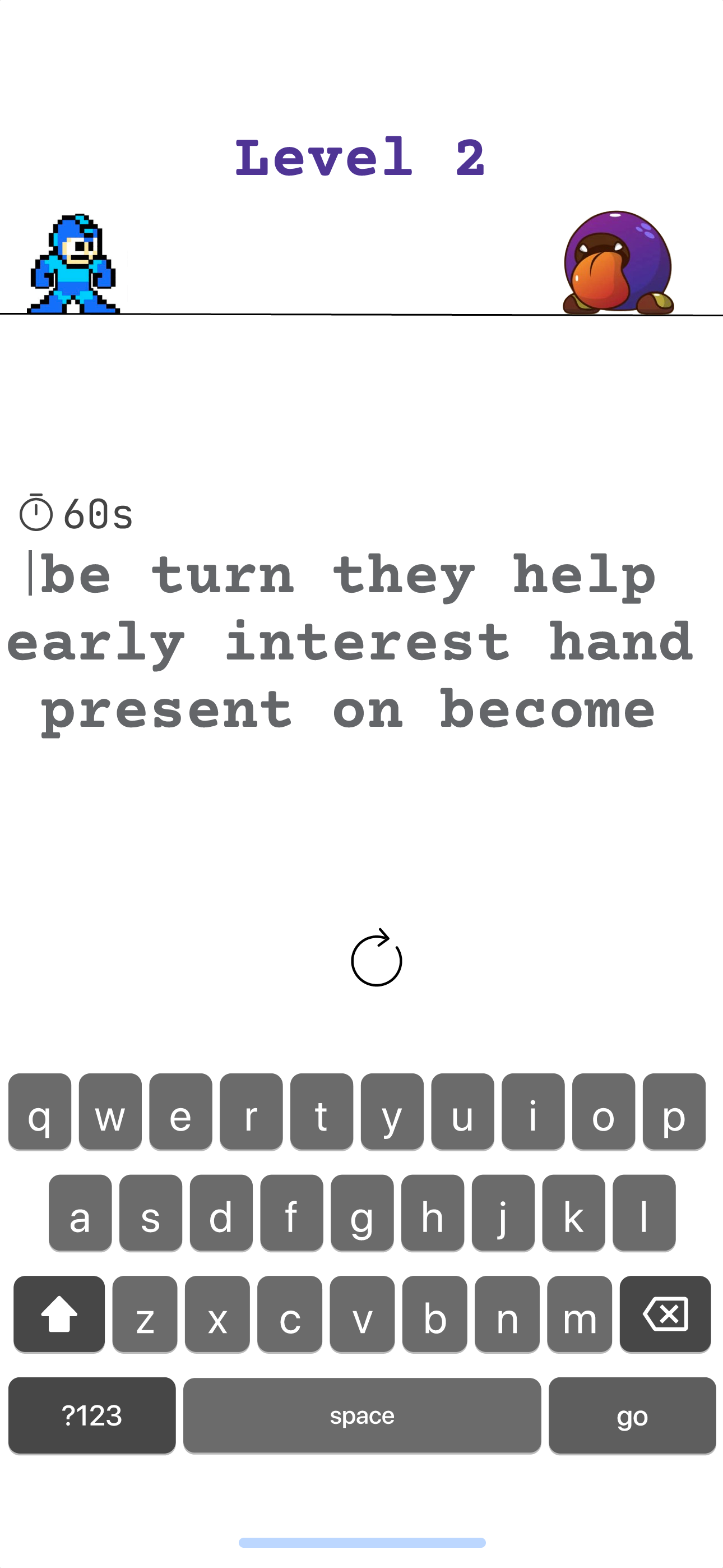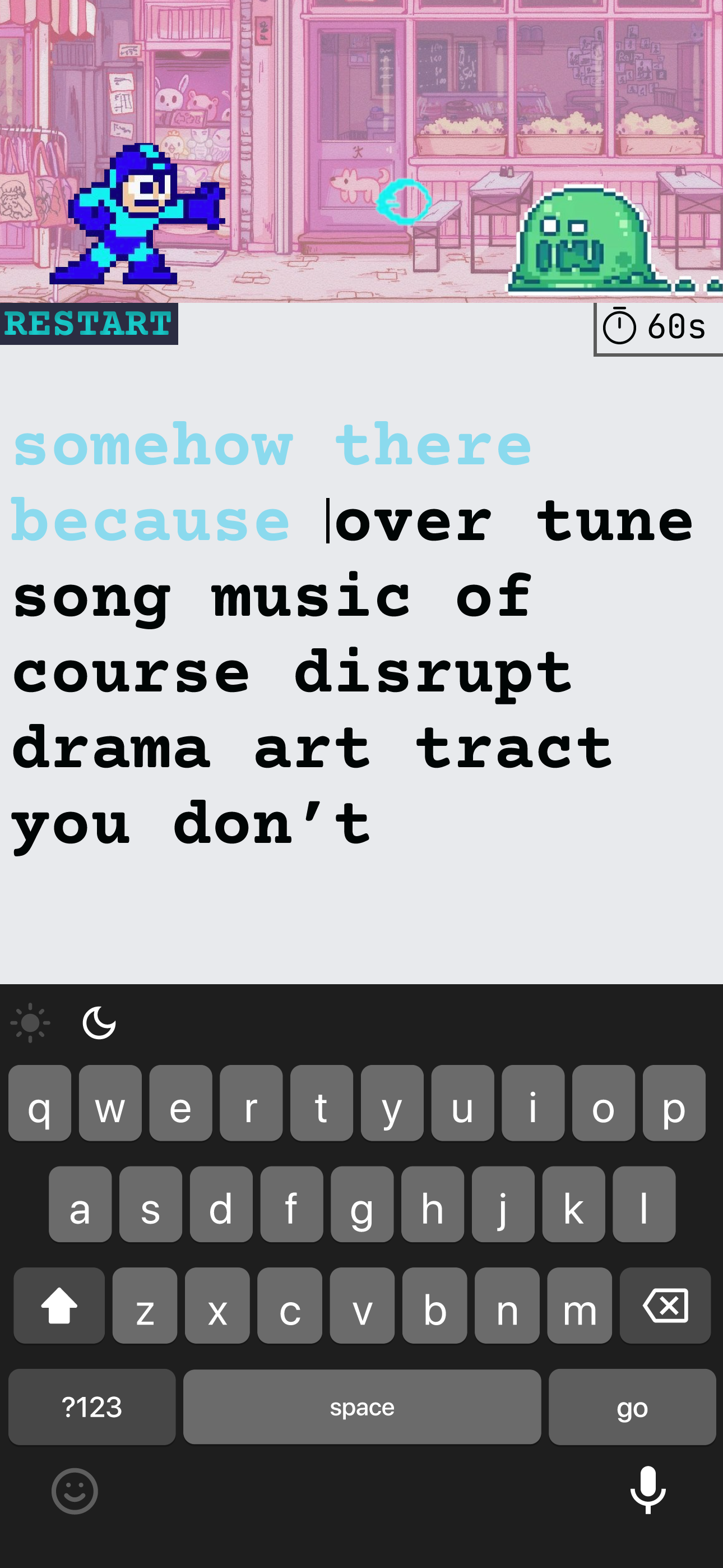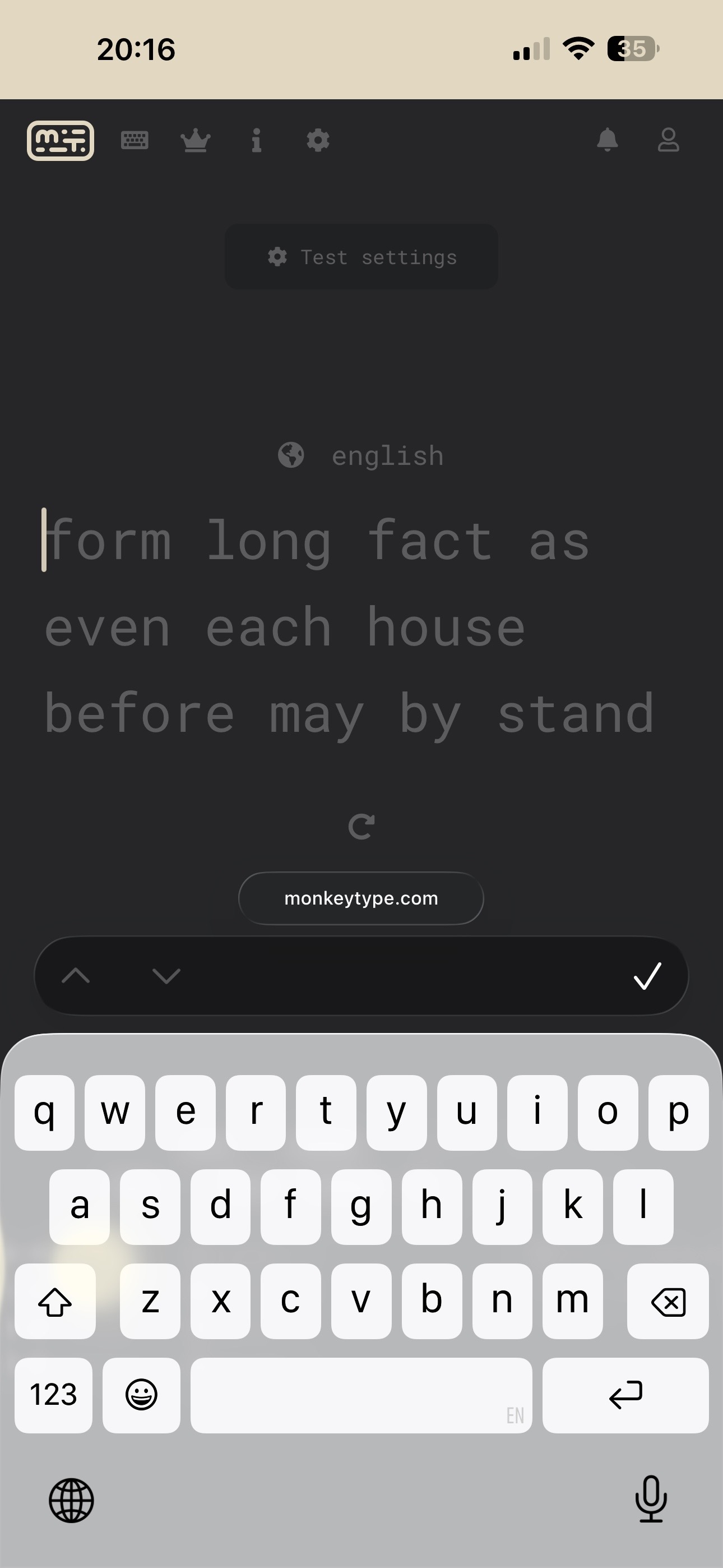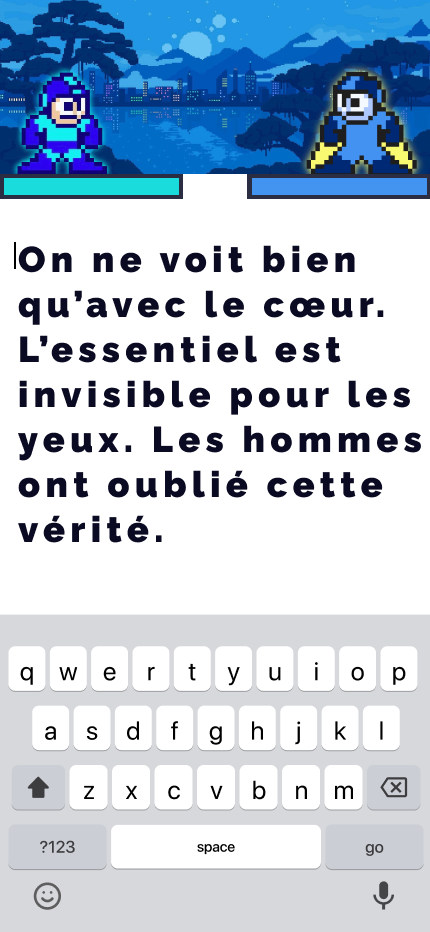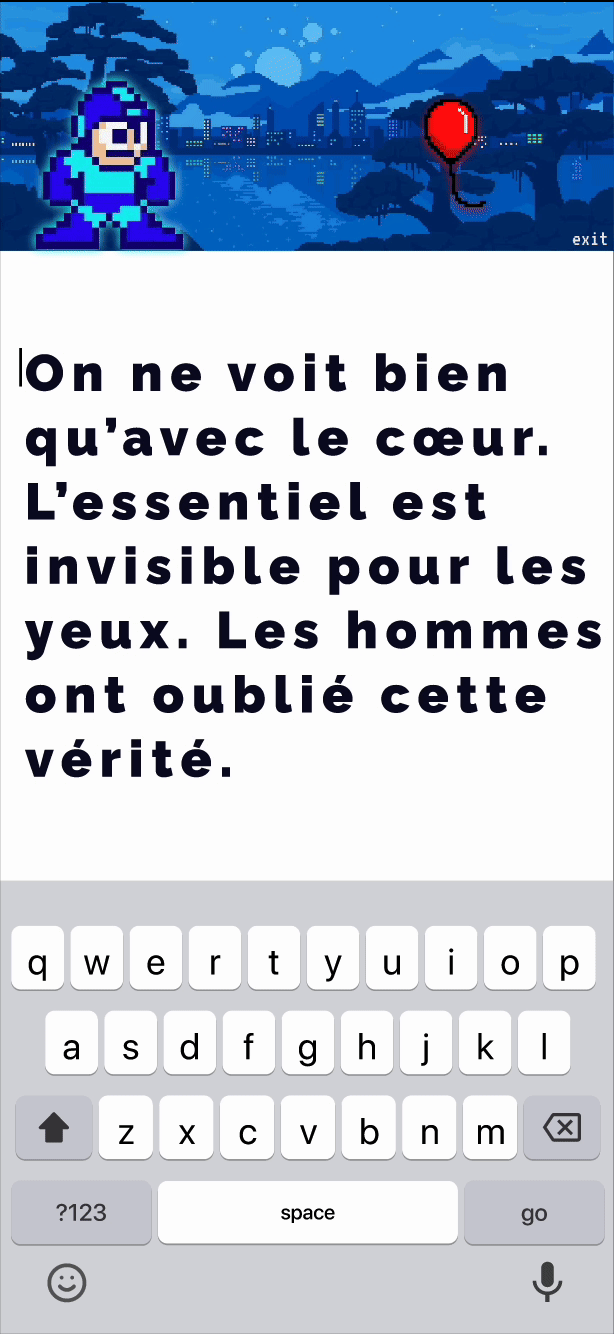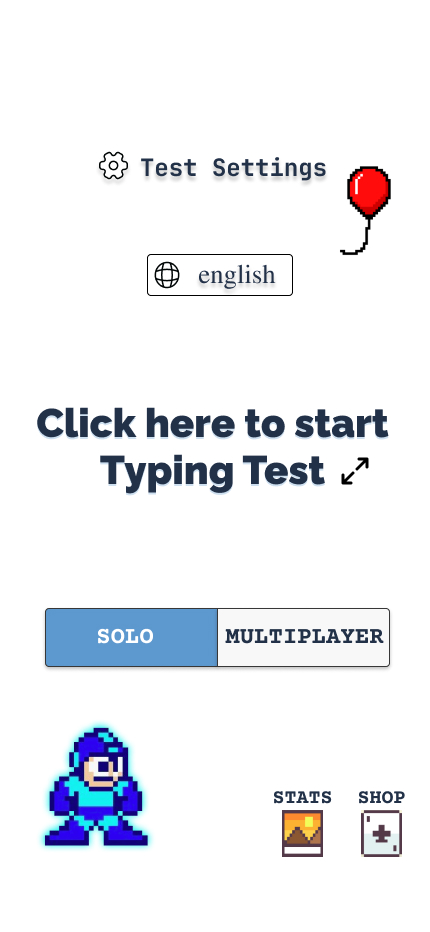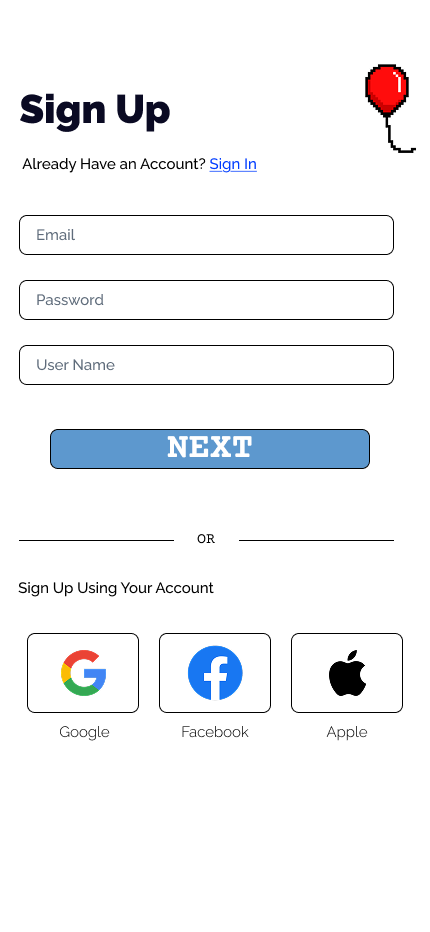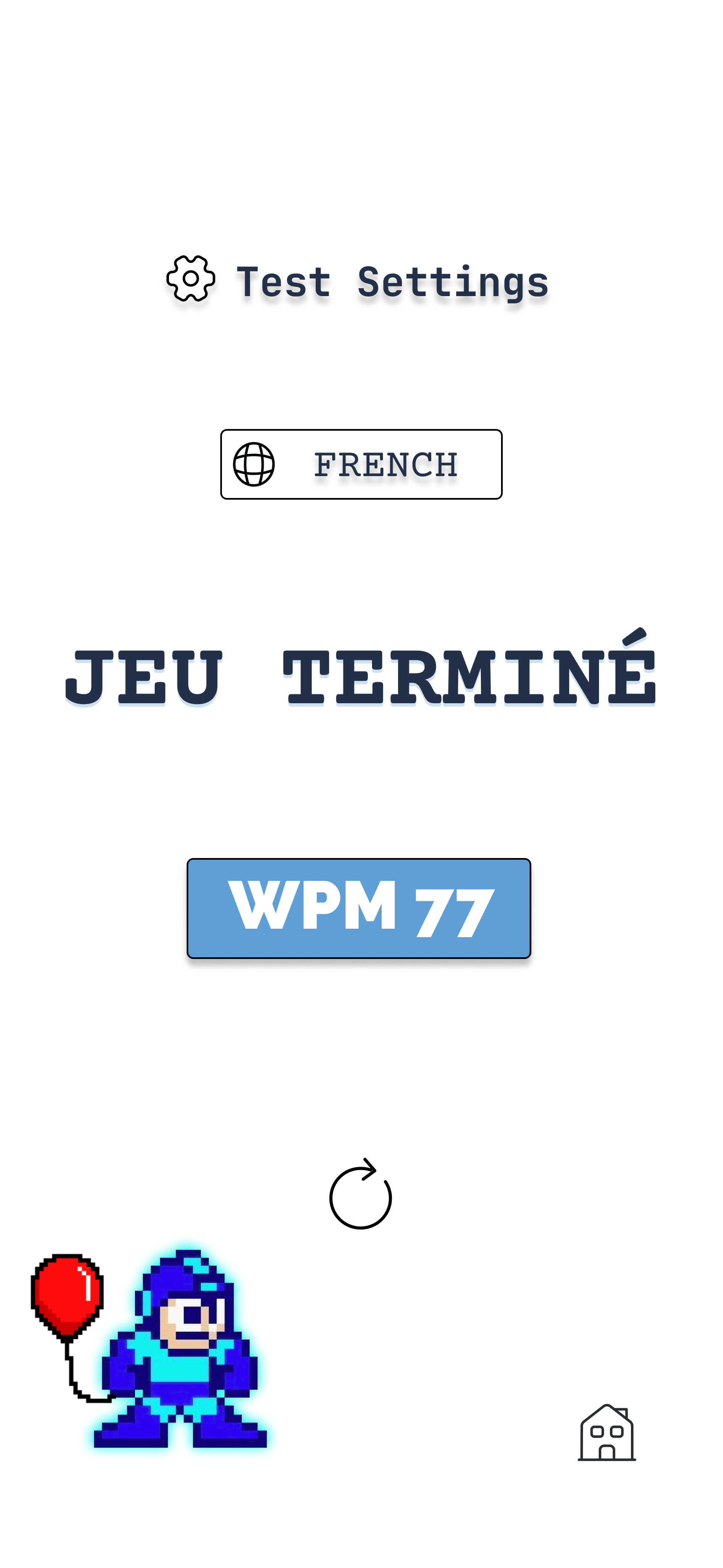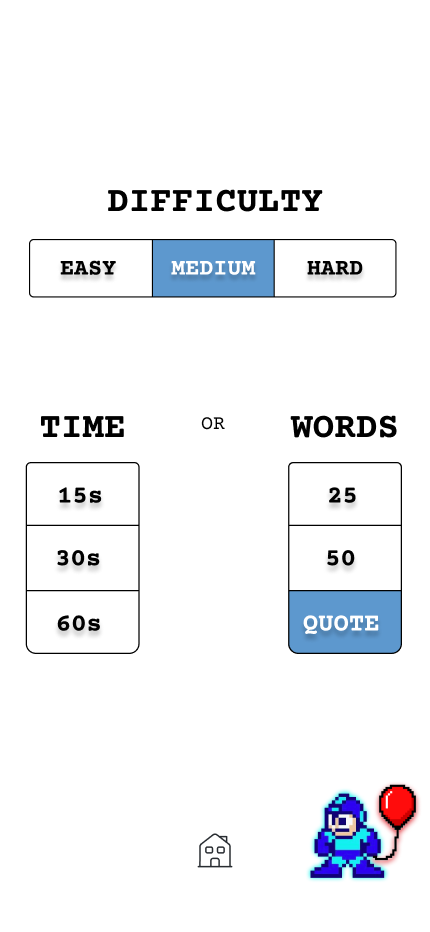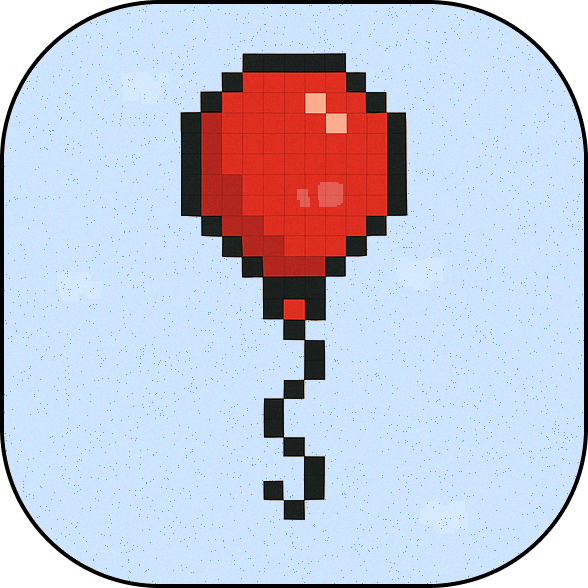
Design Process
Learn the Lingo
Scroll For Complete Project

ROLE: Product Designer
TIMELINE: Oct 2024 - Aug 2025 (10 months)
BUSINESS MODEL: EdTech
TOOLS: Figma, SwiftUI, Maze
PURPOSE: I wanted to make an app to help with language learning while also making it fun and engaging.
As the product designer, I:
- Conducted 14+ user surveys/interviews on motivation in language learning apps
- Created visual assets and animations to make practice feel like an adventure
- Prototyped and A/B tested two interaction models to measure engagement
- Designed and tested a gamified typing experience using playful character unlocks
What I did:
- A/B Testing
- User Interface Design
- User Research and User Flow
- Wireframing
- Prototyping
Impact:
- 99% Success with user Testing
- 122 Pre Launch Intrest
- 100% of testers would download and play
Step 1
Research
Purpose: I conducted exploratory research to understand what keeps language learners motivated and why existing mobile learning tools fail to sustain engagement.
Market Data: MonkeyType attracts 30M users monthly, while Duolingo reaches 130M showing strong demand for gamified learning experiences.
Methodology: I surveyed 30 multilingual learners (ages 14–75, from students to immigrants) to explore what motivates sustained engagement in mobile language tools.

User Habits
- Engagement in games drops quickly users lose interest once novelty fades.
- Frustration with cluttered UI and pop-ups.
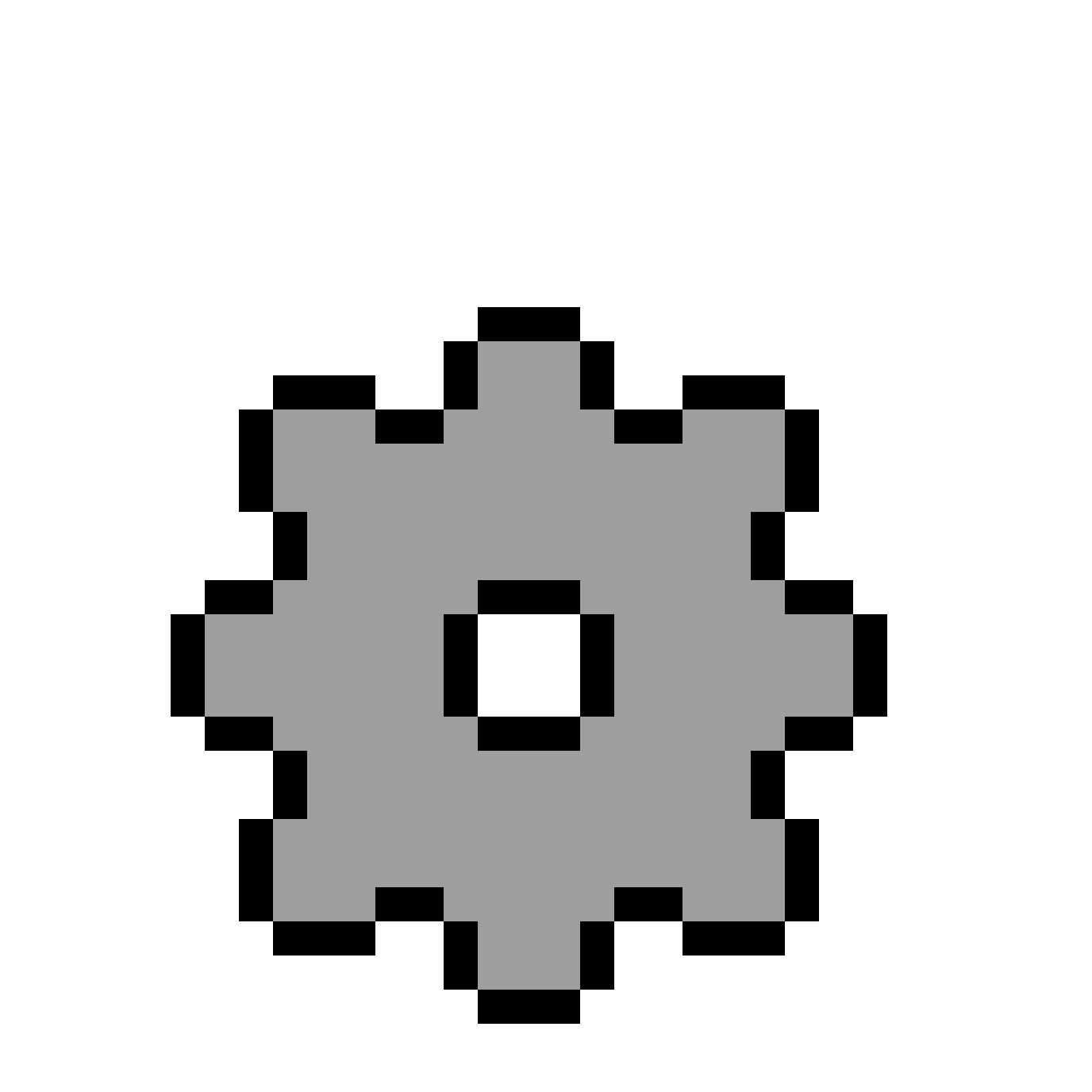
Motivations & Preferences
- Most users start learning for short-term goals (travel, job requirement), but lose interest once the novelty fades.
- 70% enjoy light competition.

App Concept Validation
- Progress tracking feels abstract and unmotivating.
- Context-based use: desktop at work, mobile on commutes.
Step 2
How Might We
Based on the findings, I reframed the design challenge:
- How might we make language learning feel as rewarding and measurable as improving at a game something users want to return to for both fun and progress?
This direction also connected to my personal experience using MonkeyType to strengthen my French and Spanish vocabulary through consistent, gamified repetition.
Step 3
Finding -> Response
- Finding: Users lose interest quickly in mobile games. Design Response: Retro visuals and clear flows sustain engagement.
- Finding: Gamification in Duolingo was motivating. Design Response: Integrated progress tracking, rewards, and playful elements.
- Finding: Many struggle to find effective language learning tools. Design Response: Clear value upfront and easy-to-understand purpose.
- Finding: Progress feels abstract and unrewarding. Design Response: Show concrete stats – WPM, accuracy, new words mastered – after each session.
- Finding: Users enjoy light competition. Design Response: Leaderboards and timed challenges encourage motivation.
Step 3
Step 4
Early Concept
Design evolved through user insight. Early prototypes were functional but felt “too plain.”Testing revealed users wanted energy and personality, not just clarity. I merged retro pixel visuals with modern UI simplicity to create a nostalgic yet fresh experience. Playful details like the red balloon and night-city backdrop turned the test into a game world that motivates learning.
Step 5
User Testing
Purpose: The goal of user testing was to evaluate how intuitive and engaging the gamified typing experience felt for new users and to measure whether the redesigned flow improved motivation to practice regularly.
- 5 users completed 3 key tasks in moderated sessions (screen-share + feedback).
Tasks:
- Create account → Select a Game Mode → Select a Language → Start a game.
- Start a typing practice session and complete one challenge
- Navigate to the leaderboard and invite a friend
Step 6
Final Design Choices


